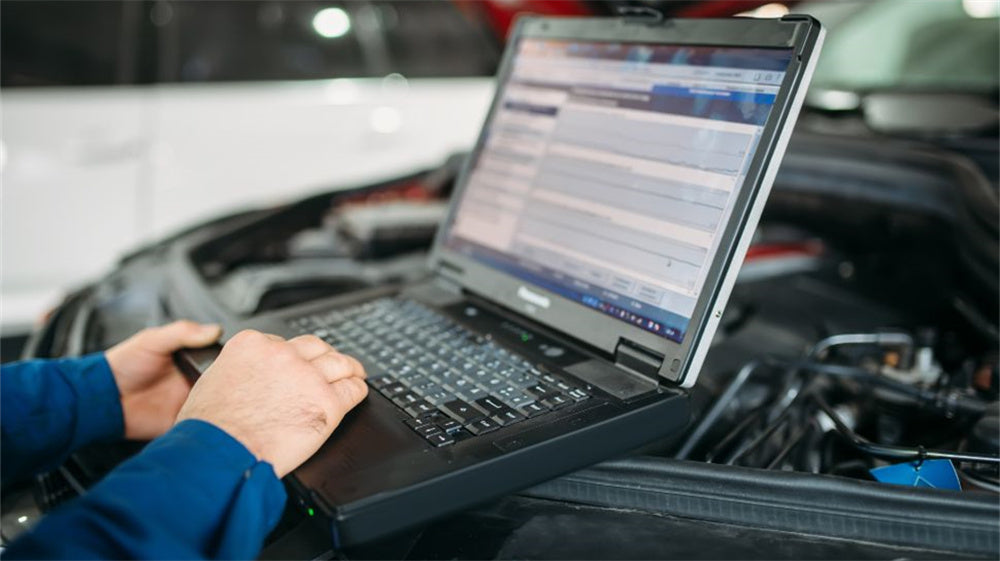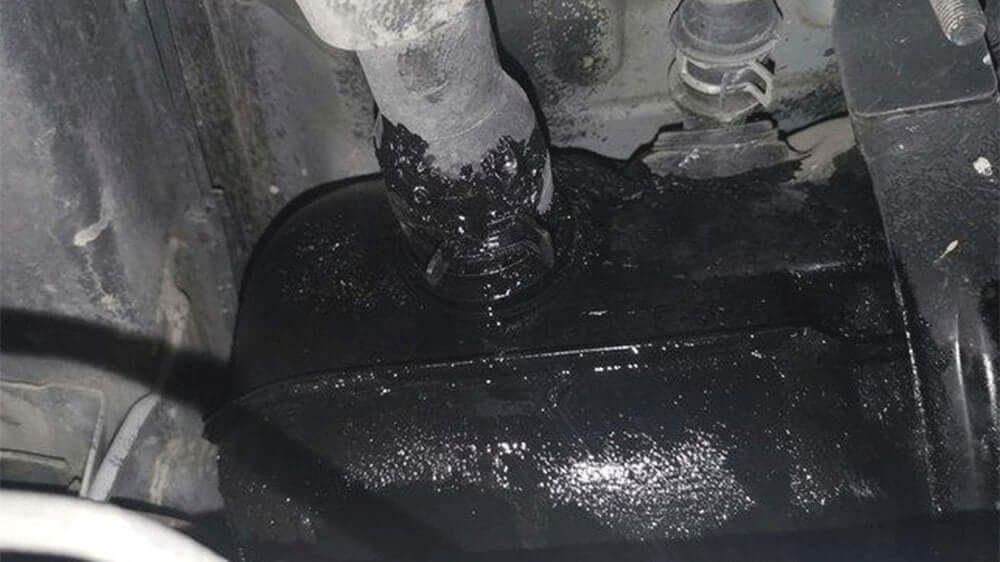
Crankshaft Position Sensor (CKP) Explained: Function and Failure
What is Crankshaft Position Sensor?
The crankshaft position sensor is a critical component in modern internal combustion engines, tasked with monitoring the position and rotational speed of the crankshaft. This sensor provides essential data to the engine control unit (ECU), which uses this information to adjust engine timing, fuel injection, and other crucial parameters. Positioned near the crankshaft, this sensor ensures that the engine operates efficiently and smoothly, making it indispensable for optimal engine performance.

What does a Crankshaft Position Sensor do?
In contemporary engines, the crankshaft position sensor plays a pivotal role in the intricate dance of engine management. By supplying real-time data about the crankshaft’s position and speed, it facilitates precise timing adjustments, ensuring that the engine’s valves open and close at the correct intervals. This precision is crucial for maintaining engine performance, fuel efficiency, and reducing emissions. Without a properly functioning crankshaft position sensor, the engine’s ability to adapt to varying driving conditions would be severely compromised, leading to diminished performance and increased emissions.

How do I test a crankshaft position sensor?
Testing Resistance:
Use a multimeter set to the resistance mode to measure the resistance value of the crankshaft position sensor. This method is suitable for magnetic induction sensors. However, for Hall effect or optical sensors, which often have internal conditioning circuits, resistance measurements may not be accurate.
Testing Signal Voltage:
Set the multimeter to measure voltage to check the output signal voltage of the crankshaft position sensor. This test should be performed with reference to the circuit diagram and signal waveform analysis. For magnetic induction sensors, the signal’s peak voltage and frequency vary with engine speed—the higher the speed, the higher the peak voltage and frequency. For Hall effect and optical sensors, the signal’s peak voltage and duty cycle remain constant with engine speed, though the frequency changes. It’s important to note that for these sensors, the voltage reading on the multimeter will not vary.
Testing Output Waveform:
Use an oscilloscope to observe the output waveform of the crankshaft position sensor. This provides a clear view of the sensor’s signal. Magnetic induction sensors typically produce a sawtooth waveform, while optical and Hall effect sensors output square waves.

Symptoms of a bad crankshaft position sensor
1. Illuminated Check Engine Light
The most obvious symptom of a crankshaft position sensor failure is the illumination of the check engine light. This warning indicates that there is an issue with a component in the vehicle, necessitating inspection and repair.
2. Engine Roughness and White Smoke
A malfunctioning crankshaft position sensor can cause the engine to exhibit rough idling or produce white smoke. This occurs because the sensor's failure can disrupt the engine's fuel injection and ignition timing, leading to incomplete combustion, which results in engine shaking and white smoke.
3. Extended Engine Cranking or Failure to Start
If the crankshaft position sensor fails, the engine may take longer to start or may not start at all. The sensor provides critical information about the crankshaft’s position to the engine control module (ECM), which then manages fuel injection and ignition timing. A faulty sensor can prevent accurate data transmission, impeding the engine’s ability to start. Additionally, cruise control may not function correctly, as modern cruise control systems rely on various sensors to maintain a steady speed.
4. Engine Control Module Issues
A failed crankshaft position sensor can prevent the engine control module from receiving the necessary signals. This interference can disrupt the module's ability to manage fuel injection and ignition timing effectively, impacting overall engine performance and fuel efficiency.

If any of these symptoms are observed, it is crucial to have the crankshaft position sensor checked and repaired or replaced promptly. Regular inspection of the sensor during routine vehicle maintenance can help prevent unexpected issues and ensure reliable vehicle operation.















































































